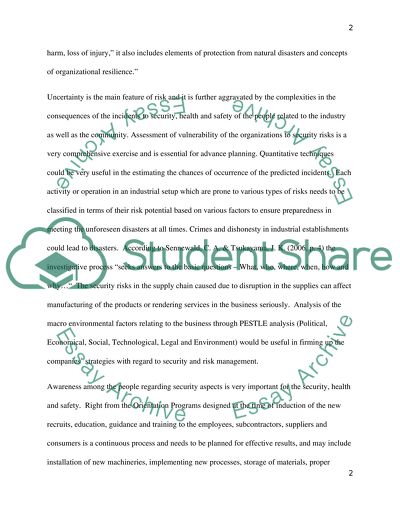Cite this document
(“Security and Risk Management: an introduction Essay”, n.d.)
Retrieved from https://studentshare.org/environmental-studies/1418985-security-and-risk-management-an-introduction
Retrieved from https://studentshare.org/environmental-studies/1418985-security-and-risk-management-an-introduction
(Security and Risk Management: An Introduction Essay)
https://studentshare.org/environmental-studies/1418985-security-and-risk-management-an-introduction.
https://studentshare.org/environmental-studies/1418985-security-and-risk-management-an-introduction.
“Security and Risk Management: An Introduction Essay”, n.d. https://studentshare.org/environmental-studies/1418985-security-and-risk-management-an-introduction.


